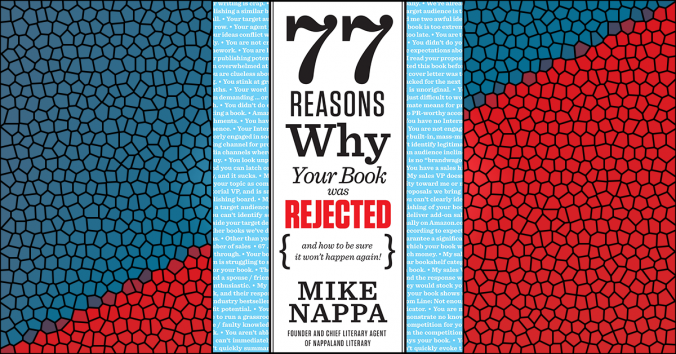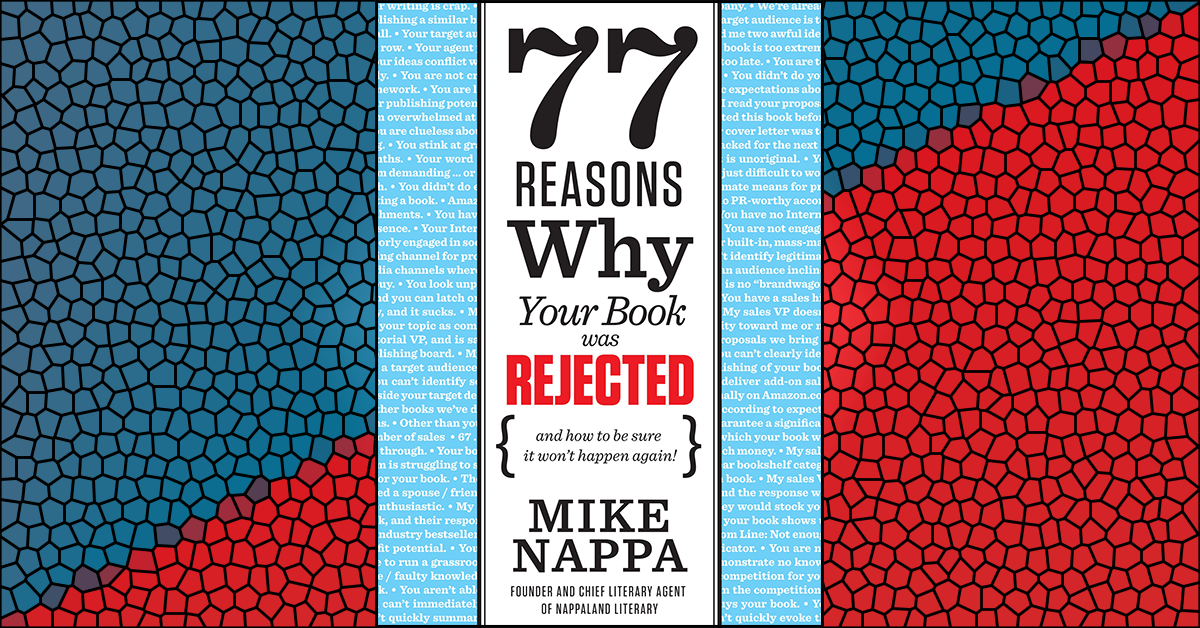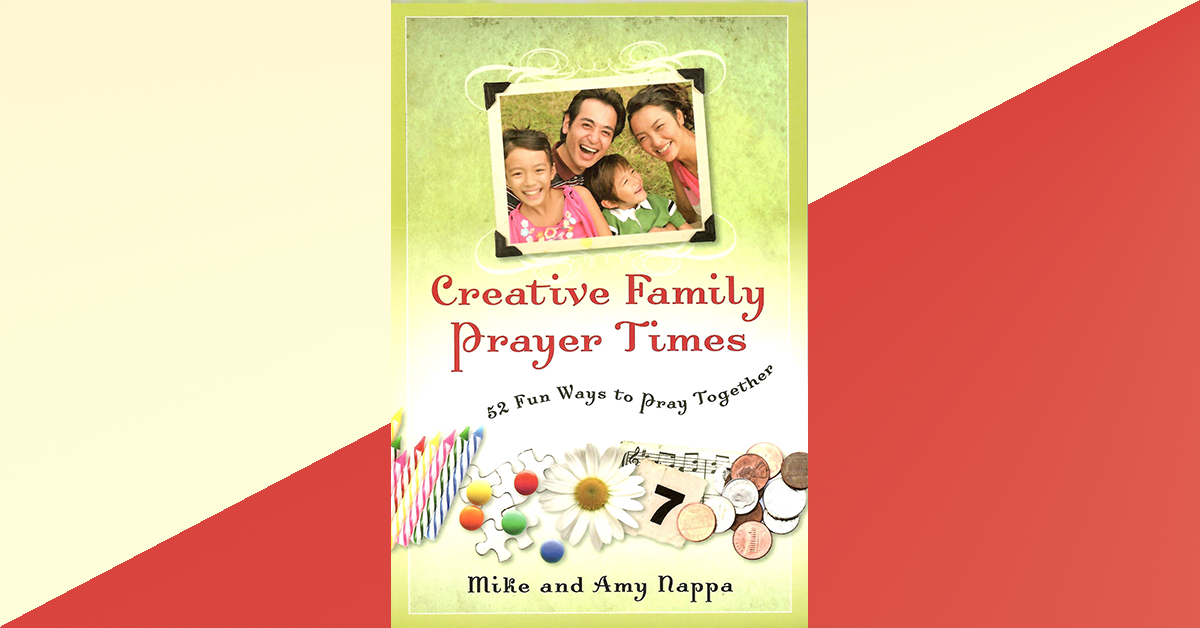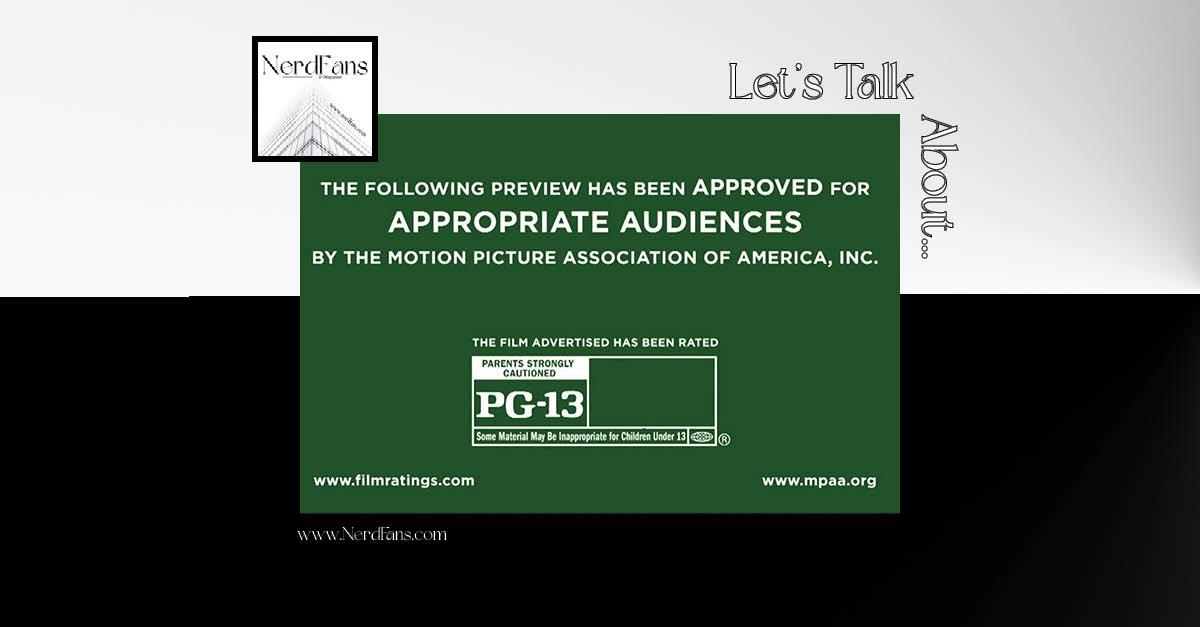An Editorial Team reason for rejection
If you look at my listing in the Guide to Literary Agents you’ll see the following comments: “Does not want to receive children’s books, movie or television scripts, textbooks, short stories, stage plays or poetry.”
The reason for including this note in my listing is simple: The people who buy those books are not my audience. I don’t have the means or the impetus to try and reach them—so I don’t even try.
In spite of that, I recently received an author query for a flip chart of safety tips for children. I also received a proposal for a seven-volume textbook series covering philosophy and history in depth.
Guess who wasted the most time on these proposals?
Not me. I rejected both in less than 60 seconds. (Actually, my autoreply email rejected them before I even had to hit a button.) These two authors invested lots of time and effort in their writing and in their pitches to me. What they didn’t do was pay attention to my target audiences—and the result was that they simply wasted their time by trying to contact me with these books.
Now, both these books may be worthwhile and genuinely publishable, and both these authors may be remarkable talents, but from my perspective that doesn’t matter. I’ll reject these kinds of books every time, simply because they’re intended for an audience I don’t reach.
By the same token, when I was an editor acquiring suspense fiction I routinely rejected romance novels and youth fiction and even highbrow literary fiction. Why? They didn’t appeal to the audience (thriller readers) I was targeting editorially.
Look at it this way: Let’s assume I’m buying lunch for everyone in my neighborhood this Saturday. My neighbors have spoken: they want In-n-Out Burger hamburgers. So I hop a plane to Anaheim, California to pick up said burgers.
While I’m waiting in line, you appear by my side. “Look!” you say with enthusiasm. “I’ve got exactly what your neighbors want for lunch.” Then you smile, reach into your backpack and pull out…a Nerf™ football.
Sounds absurd, doesn’t it? There’s no way I’m going serve your Nerf football to my neighbors when I know what they want are In-n-Out Double-Doubles with cheese.
Likewise, editors and agents serve the unique tastes of specific audiences. If my readers want creative ideas for families and you try to sell me a romance novel instead, that’s as absurd as trying to sell a Nerf football sandwich to a guy whose mouth is watering for In-n-Out deliciousness. Or if I’m a women’s publisher and you pitch me your textbook about prostate cancer, well, don’t be surprised when you get my rejection letter.
If you want avoid rejection, you’ve got to first make sure that your target audience is the same as my target audience.
What You Can Do About It
1. Visit the “neighborhood” where your target publisher lives.
Of course I don’t mean that you should go stand around on the street corner outside the HarperCollins offices in New York City, or that you should begin obsessively stalking an editor. What I mean is that you should become familiar with the audiences that your target publishers (or literary agencies) are trying to reach. Who is buying the books that this publisher brings to market? What people groups are keeping that literary agency in business?
Spend time on a few websites, checking out recent titles, reading comments from customers, identifying which affinity groups are attracted to which products. If you spend enough time in that “neighborhood,” you’ll know pretty clearly who the priority target audience is—who the readers are that make up the core of a publisher’s business. Then you’ll also know how to manipulate my priorities to fit your publishing goals. All you have to do is show me how your book will be overwhelmingly desired by my main target audience.
How would I be able to resist that?
2. Don’t assume that you’re the exception.
My experience has been that everyone thinks of himself or herself as the exception. “I know you don’t normally try to publish for the scuba diver audience, but MY book is so unique and special, I’m sure you’ll want to look at it anyway!”
Yawn.
It’s a pretty simple equation. Does your book appeal to my target audience? If yes, then I’ll probably give it a look. If no, then I won’t. Same goes for just about any other literary agent or publisher. If your book doesn’t fit a certain market, don’t waste your valuable time sending to editors who never appeal to that market. Don’t send kids books to adult editors. Don’t send fiction to non-fiction agents. Don’t send a politically conservative book to a company that always publishes books espousing liberal viewpoints.
Put simply, don’t assume you’re the exception.
3. Avoid mass-mailings of your pitch.
Look, there’s nothing wrong with sending your pitch out to dozens of agents and/or editors. Sometimes that’s what it takes to get the break that you need. But some writers interpret that to mean you should send your pitch out to any agent or editor. That’s just lazy and stupid—and actually results in more work for you than it should.
Before you send anything, you should first create a list (or a database or whatever) of your targets (agents or editors). And each target should have an audience affiliation assigned to it. Then, when it’s time to pitch your new bestseller, find the editors who target the same audience that your book does and then send your pitch to people who might actually want to buy it.
Shocking idea, no? But in the end, you’re the one who benefits most by sending me books that my audience wants to read. So skip the grunt work inherent in a mass-emailing mentality, and instead focus on sending your work to a gatekeeper whose audience matches the one you’re trying to reach. Believe me, you’ll be glad you did.
Looking for more? Check out these links:








